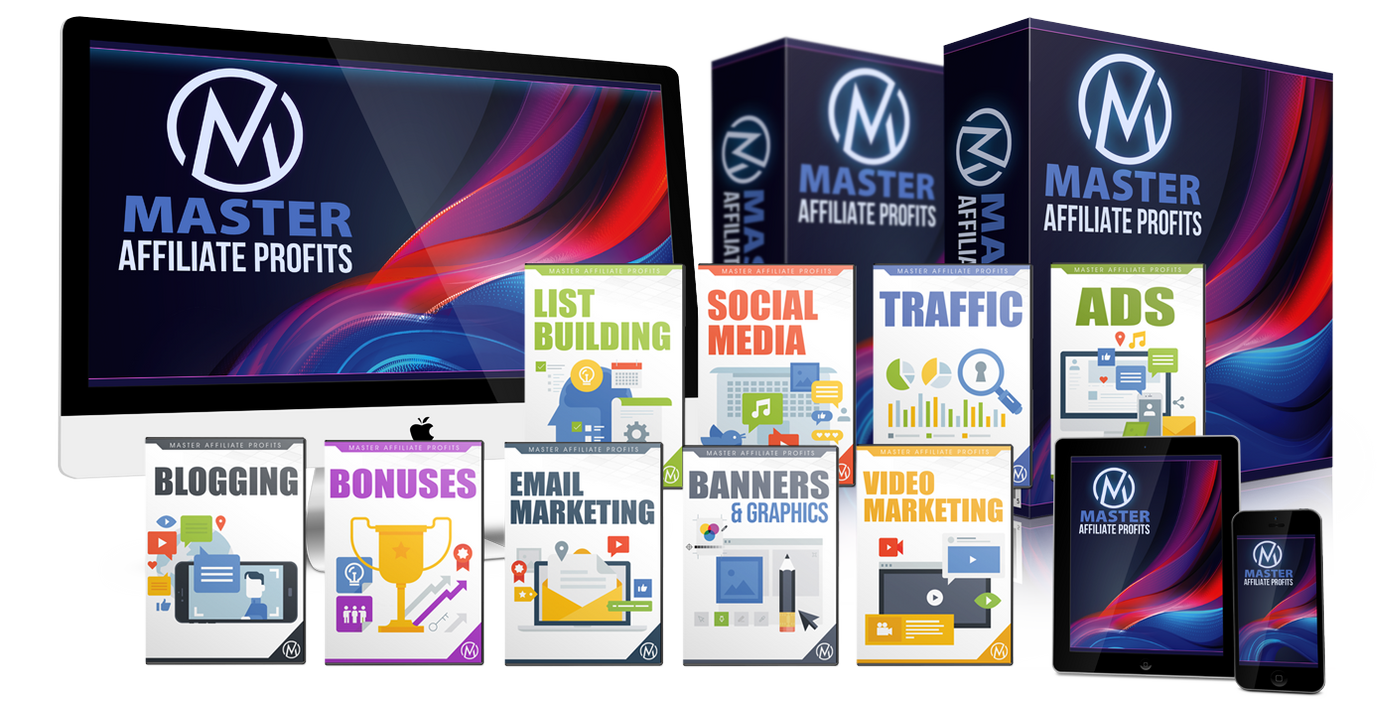How to Create a Webinar for Affiliates: 5 Simple Steps to Success
By Duncan Whitmore
Webinars are one of the best ways to connect with affiliate marketing audiences in a meaningful way, building trust and increasing conversions very quickly.
Indeed, statistics show that 2% to 5% of attendees will purchase a product at the end of a session.[1] Given that webinars are normally used to promote high-ticket products, that means you could be looking at thousands of dollars in revenue from just a single presentation.
However, the thought of setting up and running a webinar can seem daunting, especially if you've never done anything remotely like this before.
So here we've broken down the process into five actionable steps to help you conquer this exciting venture.
Step 1: Define Your Goals
Before diving headfirst into the technical details, it's crucial to take a step back and consider what you want to achieve with your webinar. Are you aiming to educate your audience, promote a product, or perhaps both?
Defining clear goals will guide your content creation and marketing efforts, and will serve as a beacon for measuring your webinar's success.
The goals should be specific, measurable, achievable, relevant, and time-bound (SMART). For example, if your goal is to boost sales of an affiliate product, you might aim to have a certain percentage of webinar attendees make a purchase within a week of attending.
Once your goals are set, keep reminding yourself and your team of these objectives throughout the process.
Step 2: Choose the Right Platform
The right platform is crucial for delivering a seamless webinar experience, both for you and your attendees. The ideal platform will depend on your specific needs and budget. Popular options include Zoom, WebinarJam, and GoToWebinar, each offering its own unique features.
When selecting a platform, consider factors such as ease of use, audience size capabilities, integration with email marketing tools, and whether it offers live or automated webinar options.
Live webinars offer real-time interaction, while automated webinars can be a set-it-and-forget-it solution, allowing you to focus on other parts of your business.
Don't forget to test your chosen platform beforehand. Familiarize yourself with its features and conduct a practice run. This preemptive effort can help you avoid technical hiccups on the day of the webinar.
Step 3: Craft Compelling Content
Even in the realm of webinars, quality content is essential. Your attendees have dedicated time from their busy schedules to attend, so it’s essential to provide them with valuable and engaging content.
This is where understanding your audience plays a critical role. Who are they? What challenges do they face? How can the product you’re promoting improve their lives?
Structure your webinar around these questions and create a narrative that flows naturally. Start with a strong introduction that sets the agenda and explains what attendees can expect. Incorporate storytelling techniques to make the information relatable and memorable.
Additionally, break your presentation into digestible sections to maintain audience interest. Use visuals like slides, infographics, and videos to illustrate key points, and encourage interaction through polls or Q&A sessions.
Remember, the aim is to educate and engage without overwhelming.

Step 4: Drive Registrations with Strategic Marketing
You've created a valuable webinar; now it's time to ensure it's attended by the masses. A strong marketing plan is crucial in this step. To begin, leverage your existing channels: email newsletters, social media, and your website.
Create an enticing landing page dedicated to your webinar. Highlight the benefits of attending and include a simple registration process. Optimize this page for search engines with relevant keywords like "how to [subject of the webinar]" to attract organic traffic.
Consider investing in paid advertising to boost your reach further. Platforms like Facebook and Google Ads allow precise targeting based on demographics and interests, helping you reach the most relevant audience.
Lastly, consider collaborating with other influencers within your niche. They can help promote your webinar to their audience, broadening your reach and adding credibility.
Step 5: Engage and Follow Up with Attendees
Now comes the day of the webinar. Start by logging in early to ensure everything is set to go smoothly. Greet your attendees warmly as they log in, creating a friendly and inviting atmosphere.
During the webinar, maintain energy and enthusiasm. Encourage participation through Q&A sessions and polls. Value your attendees' input and make sure to address it.
After the webinar concludes, the engagement doesn't stop there. Follow up with attendees, sending them a thank you email along with a replay link. This not only shows appreciation but also reaches those who registered but couldn't attend.
A further email sequence lasting for 7-10 days should continue to promote the replay, especially if the purpose of the webinar is to make sales. You'll find that most of the revenue is made not after the webinar itself but during the follow-up.
Additionally, provide supplementary content, such as an FAQ document or guide related to the webinar topic.
Conclusion
Mastering the five steps of goal setting, platform choice, content creation, strategic marketing, and post-webinar engagement can transform your approach to webinars from daunting to dynamic.
Remember that each step requires a mix of strategy and flexibility. With practice and dedication, you'll find that webinars aren't just an add-on to your affiliate marketing toolkit; they're an essential asset for building relationships and boosting success.



1 Response to "How to Create a Webinar for Affiliates: 5 Simple Steps to Success"
[…] Live Streaming and Webinars: Hosting live sessions provides an immediate avenue for interaction and trust-building. When audiences can engage with you […]